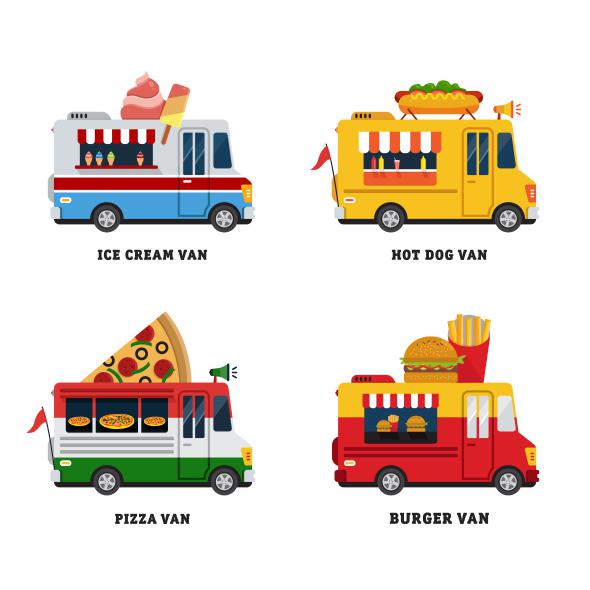In an FDA report published this month for data gathered in FY 2022, “findings show that the levels of pesticide chemical residues in the U.S. food supply are generally in compliance with EPA pesticide tolerances.” Conversely, the Environmental Working Group (EWG) has reported, “FDA tests find U.S. food supply awash in pesticide residues.” While pesticides on fruits and vegetables may not be covered by ServSafe MN rules, ServSafe managers should still address this issue.
ServSafe MN and Pesticides
This topic can raise many questions and often sparks a heated debate. While we may not have the space to cover every aspect of this issue, we’d like to touch on some of the highlights and give tips on preventing your customers from ingesting potentially dangerous pesticides.
Just because the average levels of pesticide in our produce may not pose a health threat, that does not mean that every grower uses a safe level of chemical pesticides. It’s crucial to ensure that you get your fruits and vegetables from reliable sources that prioritize food safety. A popular strategy for many restaurants and food production facilities is using only locally sourced, organic produce. If you have ever been in charge of your company’s budget, you may be aware that this can be an incredibly costly choice. It would help if you also considered that organic growers can use certain natural pesticides and still label their products as organic.
No matter where you decide to purchase your produce, you should ensure that your customers’ food remains untainted by pesticides or other contaminants. Upon delivery, it is crucial to promptly inspect your produce. You may not be able to see pesticides, but if any of your produce has any unusual residue, it may have been treated at some point.
Always Rinse!
After checking your produce, it’s important to know which items need refrigeration. Storing produce that requires refrigeration at room temperature can cause surface chemicals to seep into the produce. Finally, always rinse and allow your produce to dry fully before serving. The water’s force removes hidden dirt or pesticides, making it safer to eat than unwashed produce.
How do you keep your guests safe from man-made chemicals in your produce? Do you rely only on washing, or do you prefer to order from organic farms?





